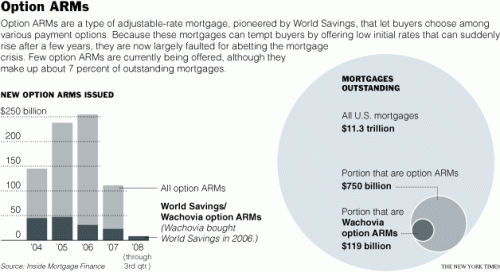
Bloomberg has had an interesting progression over the past 6 months on how Milton Friedman’s legacy is slowly diminishing – then again, who’s isn’t?
Here’s the first article, which quarrels with the principles of laissez-faire government, which were made possible through Friedman’s free market ideology – the belief that unadulterated by government policies, markets will determine the perfect prices and interest rates, based on supply and demand.
The article also goes as far as assigning Friedman some blame for the decay of our financial system:
In 1972, Friedman helped persuade U.S. Treasury Secretary George Shultz, former dean of Chicago’s business school, to approve the first financial futures contracts in foreign currencies.
Such derivatives grew more complex after Chicago economists created the mathematical formulas to price them, helping spawn a $683 trillion market that’s proved to be a root of today’s financial system breakdown.
The follow up article – written yesterday – makes some bolder conclusions:
After a three-decade run, the free-market philosophies of Friedman that shaped U.S. policy are being eclipsed by the pro- government ideas of Tobin, the late Yale economist and Nobel laureate who brought John Maynard Keynes into the modern era.
I generally like Bloomberg’s exclusives, since they’re always thought provoking. In this instance, I also agree with them; however I don’t necessarily believe that Wall Street has given up/will ever give up on Friedman Economics – it worked too well for them for 30 years.
I’m also not seeing this idea catch on anywhere else in the media, nor have I seen anyone blame Friedman the way Bloomberg does (most people are still focused on Alan Greenspan and Fannie Mae/Freddie Mac, neglecting the fact that “deregulation” is almost synonymous with the name “Milton Friedman”).
It would be naive to think we’ll have a paradigm shift back towards the ideals of Keynes/Galbraith (as these articles seem to suggest), since we haven’t yet identified the architect of the problem on a broad enough level – although I think Friedman is a good place to focus a lot of our criticism.
Read Full Post »



